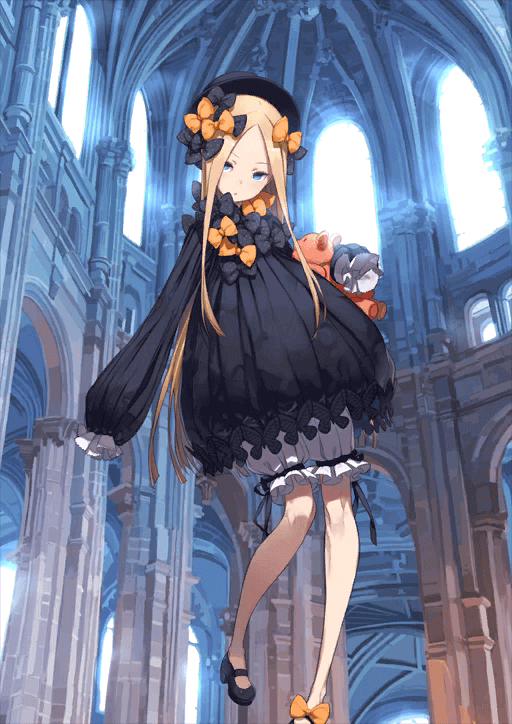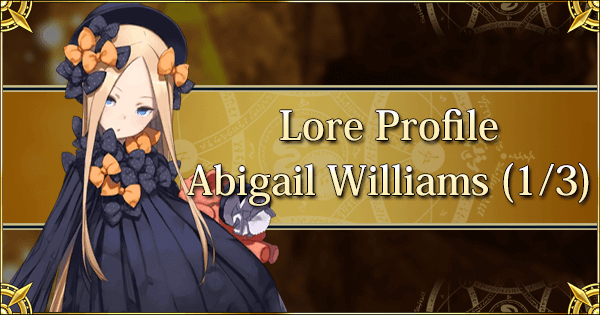SPOILER WARNING
[SPOILER WARNING] This article contains heavy spoilers about a character central to the story of Epic of Remnant: Salem, as well as the chapter’s plot. Do not continue reading if you wish to experience the story and learn about character identities on your own! (Also do not continue reading if you get bored of obscure lore research easily.)
Abigail Williams

Class: Foreigner
NP (FGO): Qliphoth Rhizome
Character Origins
The Epic of Remnant chapter Salem is, unsurprisingly, focused on one of the darkest and most infamous points in the early days of colonial America - the Salem Witch Trials. Depicted across many adaptations in various media, it would not be incorrect to say that, despite her insignificance in the bigger picture of history, the young girl named Abigail Williams could be considered the existence that was the final straw in allowing the existing unrest to boil over and setting off the tragedy of Salem.
Historical records indicate that in 1692, Abigail was a child of about 11 or 12 years, living in Salem Village with her uncle, Reverend Samuel Parris. In February 1692, alongside her cousin Betty Parris, Samuel’s daughter, Abigail began to have fits and seizures of a most frightening nature. John Hale, the minister of a neighboring town, wrote that the fits were ‘beyond the power of epileptic fits or natural disease’ in origin. When the doctor called upon to examine Betty and Abigail could find no evidence suggesting any illness or physical malady, he theorized that they were under the influence of ‘an Evil Hand’, and the minds of the God-fearing Puritans of Salem began to wander toward a darker conclusion...
Through the months of March, April, and May, Abigail was at the center of the ensuing whirlwind that seized the town of Salem. Having begun by accusing three women of witchcraft, one of whom was Rev. Samuel’s own slave Tituba, Abigail began accusing many others and testifying in trials. Through her, 41 legal complaints were lodged, and she formally testified in seven cases. It is estimated that she was involved in 17 to 19 cases that resulted in the defendant’s death for practicing witchcraft or other dark arts. The paranoia, uncovered malice, greed, and religious fervor whipped up in the community split Salem and filled many shallow graves. And in the middle of it all, Abigail was there.
Though she played a prominent part in the early months of 1692, records indicate that Abigail last testified in a trial on June 3rd, after which she was no longer mentioned. She vanished from the history books, and no records contain any mention of what her ultimate fate was after the events of 1692. It is theorized, though without strong evidence, that she never married and died a single woman. As for why she began accusing others and continued to do so as the bodies began to pile up, that too is unclear. It is speculated that Abigail, living in her uncle’s household and no longer with her own immediate family, merely desired attention and authority that would be extremely unlikely for a young girl in a Puritan society to receive. Others posit that she may have been influenced to continue her accusations by those who stood to gain financially from the trials, such as Thomas Putnam, himself a frequent accuser.
Nevertheless, though the finer details may be lost, what remains is this: despite her true status as a relatively powerless child and a mostly irrelevant footnote in history, some writings and retellings such as Arthur Miller’s famous play The Crucible have placed a vision of Abigail Williams in the public consciousness as the instigator of the spectacle that would come to haunt Salem.














